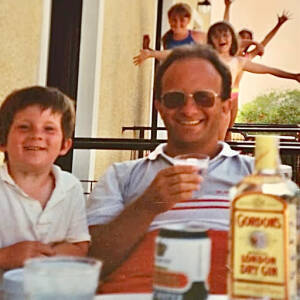Bosch
I have moved on to the next phase of my self-administered art studies, in which I am going to read in more detail about a number of artists, starting with Hieronymous Bosch.
He was born, it is estimated, in 1450 in the small Dutch City of 's-Hertogenbosch, from which he gets his name. In his twenties he married a woman 25 years his senior, who was wealthy. This, together with his membership of (and patronage by) a religious order The Brotherhood of Our Lady, enabled him to pursue an artistic career. Many of his paintings no longer survive. Although numerous works around the world bear his name, there are only about 30 paintings and a few drawings which can be attributed to him with certainty.
He began his career painting traditional religious images but a particular style can be seen from the start. Ecce Homo (c1485) is one of these. The portrait-orientated painting shows two groups of figures. In the upper-left quadrant, Pontius Pilate is showing the tortured figure of Christ to the crowd. A Gothic inscription Ecce Homo (here is the man) appears near to Pilate, like a medieval speech bubble. Below and to the right a clearly angry crowd look-on and respond with the words Crufige Eum (crucify him.) Mysteriously, in the bottom left two "donors" have been roughly painted over but the words Salve nos Christe redemptor (Save us Christ redeemer) are still clear.
There are two symbols of evil: an owl sits in an alcove to the right of Pilate and a giant toad on the shield of one of the crowd on the right edge of the picture.
In the top right, there is a view of a City, supposedly representing Jerusalem, albeit with an anachronistic flag of the Ottoman Empire, but clearly resembling a typical Netherlandish town of the fifteenth century. My favourite detail is that of two solitary figures in the town background, looking down into the river, ignoring the dramatic event taking place. Are they innocent of the evil being done or guilty, turning a blind eye to it?

Comments
Sign in or get an account to comment.


